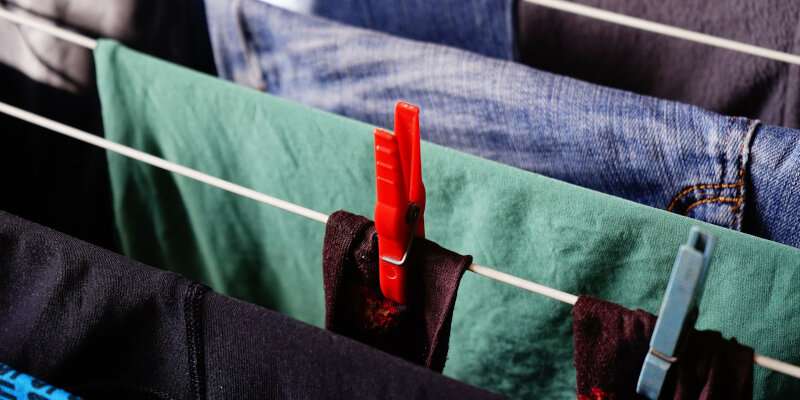Reliably measuring microplastics released during laundry

The first test method that can reliably measure the amount of small plastic particles released from textiles during domestic laundering has been developed by scientists.
The particles—smaller than 5mm—are known as microplastics and are of particular concern to environmentalists because of their potential for accumulation and causing pollution in oceans.
They could also be ingested by marine life and enter the human food chain, with implications for health.
The research was led by Dr. Mark Sumner, Lecturer in Sustainability, Retail and Fashion at the University of Leeds' School of Design.
He said: "Being able to reliably measure the amount of microplastics being released during domestic laundry is a vital step in understanding the scale of the problem, and therefore what action is needed to address it.
"As well as the potential harm to marine and human life, microplastics commonly contain additives such as softeners or antibacterial agents that can be harmful if released into the environment."
The research has been supported by The Microfibre Consortium who work with the textile industry to minimize fiber fragmentation and release to the environment.
It has been rolled out to the Consortium's membership, which includes clothing brands, retailers and textile manufactures and is now pending commercial roll-out, which will result in the adoption of standard measurement across the industry. The method is also being considered by European and international standards organizations.
Washing machines vary greatly in terms of spin speed, cycle duration, and water use. As these factors have a major impact on microplastic release, a test method based on using different machines was inherently inconsistent.
"The new test uses a system called 'gyrowash' that replicates the actions found in a range of washing machines," said Dr. Sumner.
"Using this one system means we have confidence that the results we get are representative and reliable—we can use this method to compare results across a very broad range of fabric types as we explore solutions to microfibre release.
"We can't assess and compare microfibre release across the industry without a reliable test. We hope that this method will provide the basis for determining the scale of microfibre release as well as help in the process for finding solutions to microfibre pollution."
More information: Lucy Tiffin et al. Reliable quantification of microplastic release from the domestic laundry of textile fabrics, The Journal of The Textile Institute (2021). DOI: 10.1080/00405000.2021.1892305
Provided by University of Leeds




















